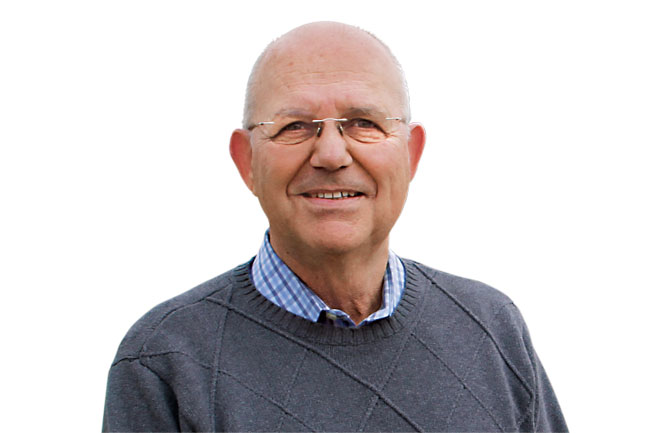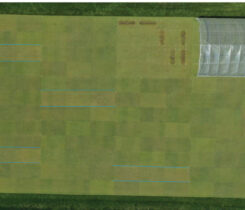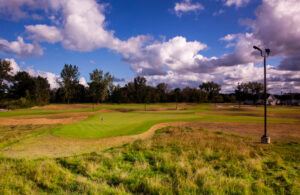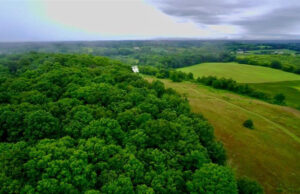Exploring the past, present and future of USGA research
For an April USGA Green Section podcast, John Petrovsky, the host and education manager, interviewed Cole Thompson, Ph.D., research director, and me about the past, present and future of turfgrass and environmental research and how superintendents can apply research findings. You can listen to the entire podcast, “What can we learn from 100 years of Green Section Research,” online. The topic was selected to celebrate Earth Day.
I provided a historical overview of the Green Section, starting with Charles Piper and Russell Oakley’s USDA work in the early 1900s. I noted their 1917 publication, Turf for Golf Courses, and the establishment of the Green Section in 1920. Piper collected grasses worldwide, including many zoysia and agrostis species. The Green Section changed from a USDA program to one within the USGA after World War II, led by Fred Grau, Ph.D., and subsequently focused on university research grants.

The turfgrass research program was reinvigorated in 1982 due to national drought concerns and the significant cost increases in managing golf courses. A research committee was formed, and the first projects were funded in 1983 and 1984. Some early projects included stress physiology, breeding, disease management and the Turfgrass Information File (TGIF). Later, environmental research was integrated in the 1990s, culminating in the turfgrass and environmental research program.
Cole explained the current structure of the USGA’s research program, which includes a research committee of external scientists and USGA staff. The committee sets research priorities and selects proposals, with funding primarily coming from the U.S. Open. He also mentioned the 15-30-45 water conservation initiative and a partnership with the R&A and STERF to fund international research.
I summarized the environmental research conducted in the 1990s, focusing on the fate and transport of pesticides and fertilizers. This research addressed concerns about the environmental impact of golf courses and convinced the EPA that golf courses were not as harmful as initially predicted by agricultural models. By 1994, data showed that turfgrass systems performed well in mitigating chemical impacts, leading to a symposium at the American Chemical Society in 2000.
Cole discussed current environmental projects, including a Purdue University project focused on converting naturalized areas into wildlife conservation habitats. He highlighted the importance of monitoring pollinator abundance and creating resources for superintendents. He also mentioned the Natural Capital Project, which compared golf courses to other land uses, and collaborations with organizations like the U.S. Fish and Wildlife Service and EcoAdapt to improve golf course habitat and address perceived climate risks of golf courses.
Cole returned the discussion to the 15-30-45 water conservation initiative, a $30 million investment over 15 years to reduce water use by up to 45 percent. He emphasized that the initiative is a challenge and commitment, not a mandate, and aims to help golf courses use less water through existing and new strategies. He described the USGA Water Conservation Playbook, which includes foundational practices like water budgeting and irrigation system optimization.
Looking ahead, I expressed excitement about remote sensing and data-driven decision making, while Cole emphasized the importance of technology that provides efficient data streams and outcome-based management. We both agreed on balancing technological advancements with fundamental agronomic principles.
The podcast is roughly an hour long, so if you have some time to kill on a mower in the near future, I’d recommend searching for “What can we learn from 100 years of Green Section research” and take a listen.












